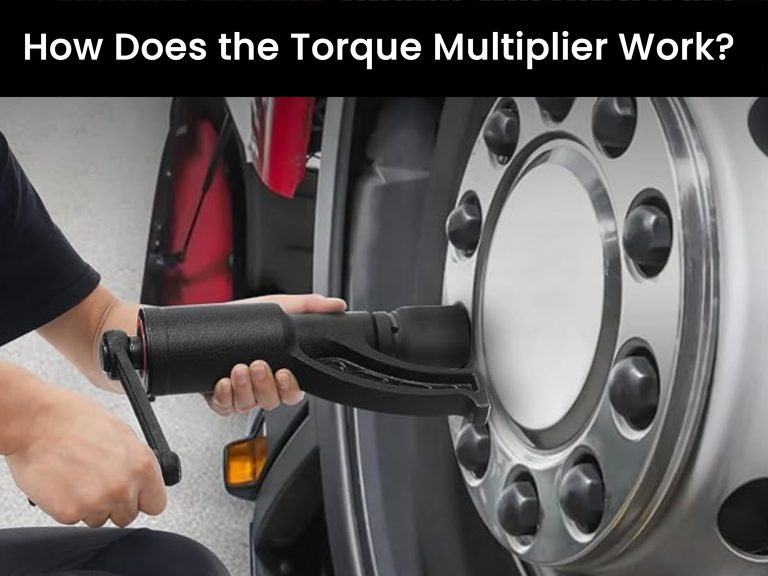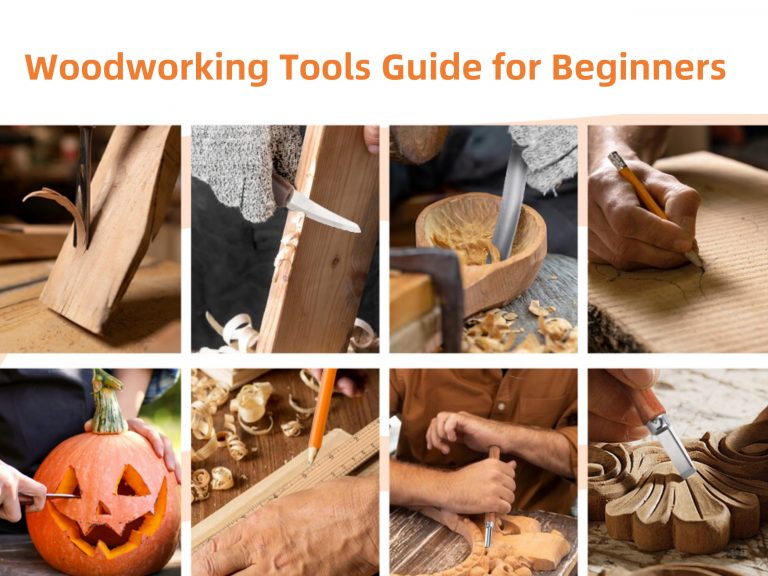The word “best” is relative. The greatest torque wrench isn’t always the one with the most blue ribbons when selecting one for your automotive business or a brand of torque wrenches. It’s not the most forceful torque wrench ever made, nor is it the most accurate. Instead, it’s the one that meets your requirements.
Therefore, take into account the intended use of the torque wrench while choosing the best model for your business. To what extent does the wrench need to generate torque? How exact does it have to be? How little must it cost for you to make money back on your investment? You may choose the ideal torque wrench for your automobile company by responding to these three questions.
Torque specifications for typical fasteners in cars
First things first: what is the required torque? The torque requirements that are frequently encountered in the automobile industry are listed below:
Extremely Light Work
- Applications for very light-duty automotive torque fall between 15 and 75 ft. lbs.
- This selection includes standard maintenance items including valve cover bolts, oil drain plugs, spark plugs, and related fasteners.
Light Work
- Applications for light-duty automotive torque vary from 30 to 150 ft. lbs. This is the range that most vehicle repairs fall inside. Put another way, you will be unable to do most car repairs if you do not have a torque wrench in this range.
- Within this range, head bolts, lug nuts, and caliper bolts are frequently in need of repair.
Mild Duty
- 50 to 250 ft. lbs are needed for moderate-duty automobile fasteners. Although there are fewer fasteners in this range than there are light-duty fasteners, the ones that do have essential applications.
- This torque range is frequently used for automobile fastening applications, such as axle bolts, hub bolts, and bolts on mounted trailer hitches.
Heavy duty
- Torque for heavy-duty automobile fasteners ranges from 120 to 600 ft. lbs.
- Driveline parts and bearings, together with a large portion of transfer case and differential operations, are common uses.
Exceptionally Heavy Duty
- A torque of 200 to 1,000 ft. lbs. or more is needed for very heavy-duty automobile fasteners.
- Harmonic balancers and camshaft sprockets are two examples of applications. This torque range is also necessary for many off-road vehicles and performance racing cars.
The wrench you require depends on the kind of automotive repair you undertake. You probably won’t need any torque wrenches other than light or extremely light-duty ones if your main tasks are oil changes and tune-ups. You will want a bigger wrench if you position your business as one that specializes in structural repairs like axle or hub work or heavy-duty repairs like rebuilding engines or gearboxes.
The Capabilities of Torque Wrenches for Automotive Repair
Different wrench types apply varying amounts of torque. Pneumatic and manual wrenches are the two main kinds of torque wrenches used in vehicle maintenance. There are a few subcategories among them. Pneumatic wrenches can be driven by a continuous or discontinuous drive, whereas hand wrenches can be clicked, break-over, or cam-over. But only pulse tools, or discontinuous drive pneumatic tools, provide enough torque to be of any value in the automobile sector. Remember that all of these wrenches require regular calibration and appropriate maintenance to remain in excellent operating condition.
The functions of the many kinds of torque wrenches are briefly described below.
- Pneumatic Wrenches
Discontinuous drive: sometimes known as “pulse” wrenches, apply accurate radial force bursts to fastener heads using pressurized air. The wrench prevents the user from overtightening by disengaging the air supply or hydraulic pulse unit when the correct torque is reached. With a maximum torque output of 332 lb.ft, these instruments are suitable for the majority of automotive uses. When comparing pulse wrenches to hand tools, the main drawback is the initial cost, which is much greater for pulse tools. But compared to hand tools, pulse tools provide torque far faster, which allows high-volume businesses to rationalize their investment in additional capacity.
- Hand Wrenches
Cam-Over Wrenches
Cam-over wrenches limit torque at least as successfully as break-over wrenches, delivering torque in the 2-to 90 lb. ft range. They do this by “slipping,” or disengaging, at the appropriate torque. In general, cam-over wrenches cost more than click and break-over wrenches. Ergonomics is an advantage of cam-over wrenches in the automobile sector. They are more appropriate for the confined locations that mechanics frequently operate in since they don’t need as wide of a range of motion as break-over wrenches need.
Click Wrenches
The most basic and affordable torque wrench, click wrenches restrict torque by audibly alerting the user when the appropriate torque is applied. These wrenches are less accurate than other kinds of torque wrenches since they depend on the user to control the torque delivered. They can produce torque ranging from 18 lbs. in to 2,212 ft. lbs, which is significantly greater than any other kind of hand torque wrench. Because they are inexpensive and very versatile, click wrenches are a great option for car repair.
Break-Over Wrenches
Break-over wrenches limit torque with a great deal more confidence than click wrenches, but they cost more. The wrench will “break” when the appropriate torque is applied, preventing the user from applying excessive force. As such, for applications needing exact torque values, break-over wrenches are a better fit than click wrenches. The torque range of most break-over wrenches is constrained to a range of 25 oz. in at the low end and 147 lb. ft at the high end due to the break-over motion, which limits the amount of torque the tool can apply.
Conclusion
Click wrenches are the best option for the majority of automotive applications since they provide the highest torque at the lowest cost. Although they can’t exert as much force, cam-over and break-over wrenches are more accurate torque limiters and are thus required for more essential fasteners like calipers or head bolts. Lastly, although they cost more, pulse tools provide high torque loads quickly and with the same accuracy as cam or break-over wrenches. They work best because of their cost when they can increase a shop’s production capacity and yield a profit.



